Stage and Screen Collide with Cineplex Events’ Stage Series
There are those who consider it sacrilege that a stage production can be packaged, digitized, and redistributed for mass consumption. Cinema and theatre are often depicted as competing artforms. But the truth of the matter reveals a more nuanced, and symbiotic, relationship between the two.
Through its Stage Series initiative, Cineplex Events is bringing theatre productions to screens across Canada—and two of its biggest partners are London’s National Theatre Live and the Stratford Festival’s Stratford on Screen. We spoke to National Theatre and Stratford to learn more about bringing their large-scale productions to the big screen, how doing so has brought theatre to audiences beyond their theatre houses, and how Cineplex is making live theatre more accessible across Canada.
National Theatre Live’s inception came about from both trying to connect with audiences that normally wouldn’t be reached through their South Bank theatres and through touring productions across the UK and around the world. Although they haven’t committed to doing it forever more, the program is in its 11th year. It’s very much an experiment; not many theatres have done it before, and positive audience reactions were far from guaranteed. But initial success allowed the program to continue to grow and expand into more territories. More than anything, National Theatre’s mission is to make brilliant work and brilliant theatre—and to make it for everyone. Broadcasting productions in cinemas enables the work to be seen in a fashion more convenient than traveling to London or catching a touring performance.

Camera Rehearsal for Small Island, National Theatre Live. Photo by Graham Pearson.
Similarly, Stratford on Stage came about in order to celebrate and raise awareness about the work being done at the Stratford Festival. The first series debuted in 2015 and has been occurring on an annual basis since. Cineplex is a critical partner in getting these films distributed across the country, for audiences from Vancouver to Halifax, and everywhere in between. The films are a great way of introducing new patrons to Stratford, and also of keeping Stratford’s exciting work on people’s radar outside of their performance season.
Despite the exciting possibilities in filming live theatre, both companies face a myriad of technical challenges in translating stage productions to the screen. Productions can be filmed that happen in the round; with rotating stages; in glass boxes; or on promenade performances, where audiences move around both the space and the actors. In the face of this, the filming process strives to be as non-invasive as possible, with the cinematographers working around what the theatre artists have already created. Rather than making a film of the stage production, they capture the performance that already exists.

Inside the National Theatre Live camera trucks for The Madness of King George. Photo by Tom Wren.
Stratford’s thrust stage means there’s almost 360 degrees for cameras to cover, and camera operators need to be careful about not shooting one another. Compared to theatre, film possesses a different quality: you can get very close to the action, noticing the looks and interactions between two characters that you might have missed. While in the theatre you might be drawn to individual people speaking, in film the director might be encouraging you to look at how the others are reacting to what that person is saying.
Does this mean that filmed theatre runs the risk of usurping live performance? Stratford and National Theatre say no: neither company believes that the screen cannibalises their stage audience. In fact, research has shown that screenings increase interest in live performance as a whole. This is not to say that filmed theatre going to replace going to the live thing; but it might be more likely to encourage you to go see local theatre. Stratford on Screen reaches a broad geographic catchment. Audiences watching filmed productions in Vancouver and Victoria, for example, are not going to make the trek to Stratford—certainly not immediately. For some people, Stratford on Screen is their “Stratford respite” during the winter and spring when they can’t make it to Stratford. And for existing patrons, it is a way for them to relive something they might have seen, or maybe didn’t get a chance to see live.

James McAvoy in Cyrano de Bergerac. Photo by Marc Brenner.
With the advent of streaming services such as Netflix, one question that always remains is how much theatres should embrace such technologies. National Theatre Live has fully incorporated, with everything shot with the big screen in mind and creating a surround sound experience.
But National Theatre isn’t just aiming to enter the competitive market of streaming services. They’ve recently launched the National Theatre collection, previously called On Demand in Schools, which makes certain National Theatre Live recordings available to watch or stream as part of educational institutions. The service is free for UK state schools, and a paid service for universities and internationally. The collection represents one of National Theatre’s first offerings on the smaller screen, introducing audiences to the future to what the National Theatre and its partner theatres do.
Working with programs like Stratford on Screen and National Theatre Live, Cineplex’s Stage Series is making it easy to see world-class theatre from across Canada and internationally.

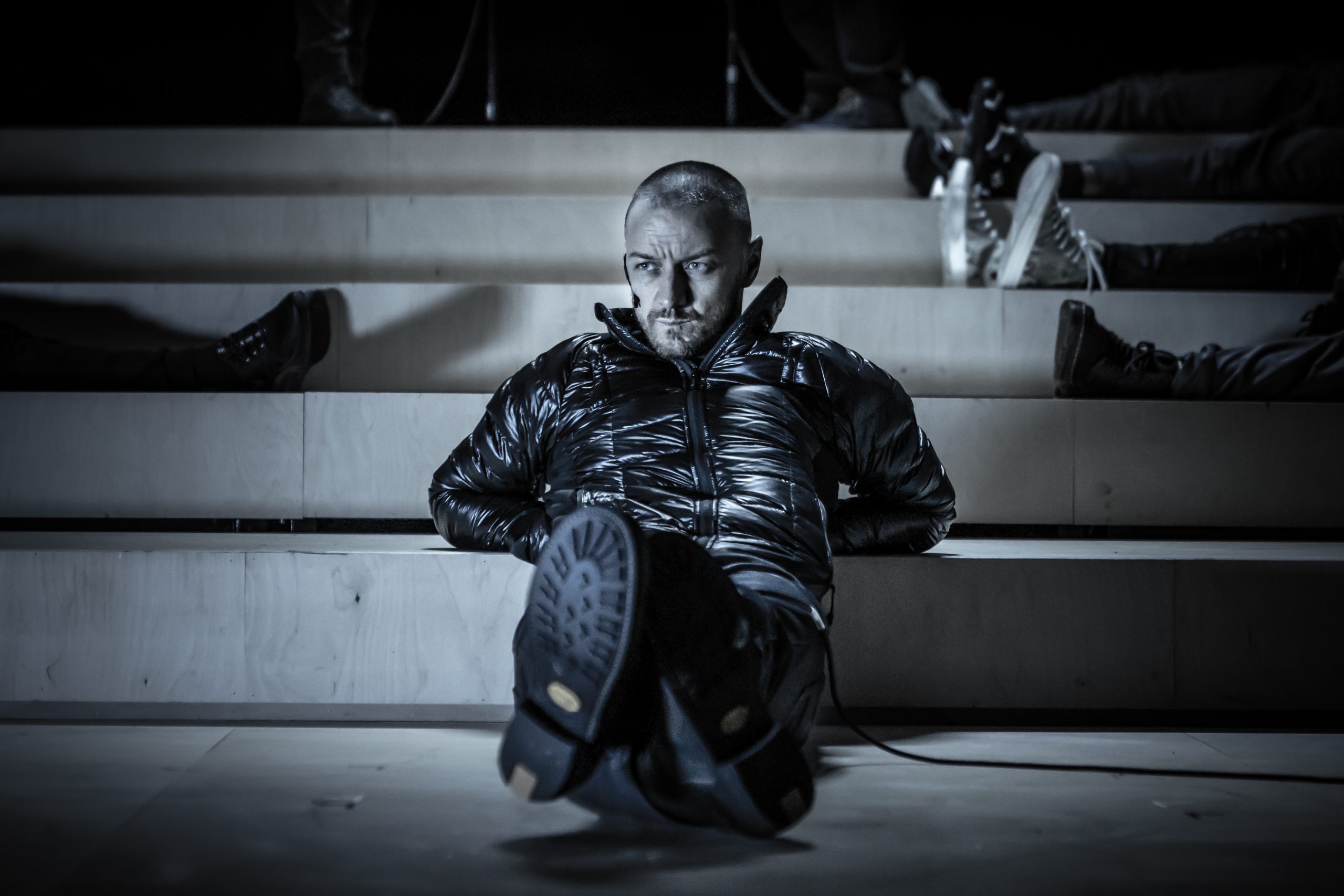
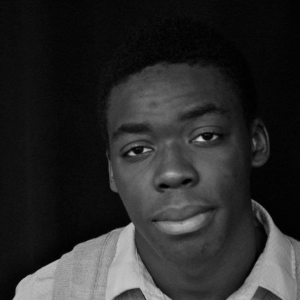
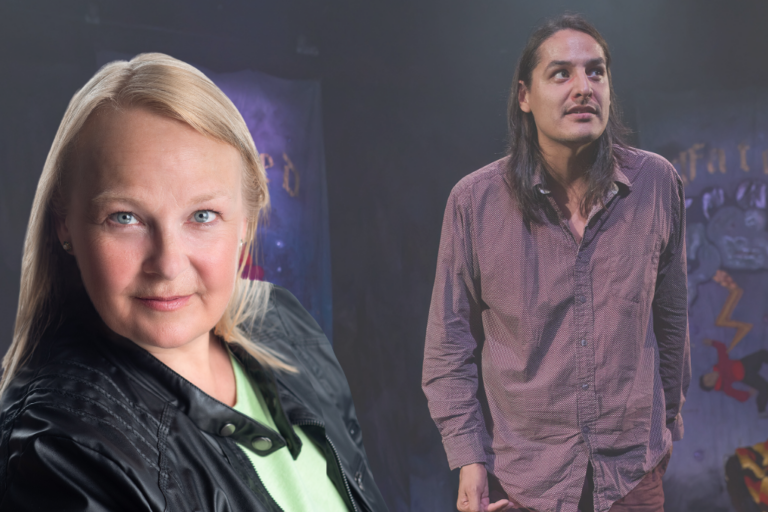

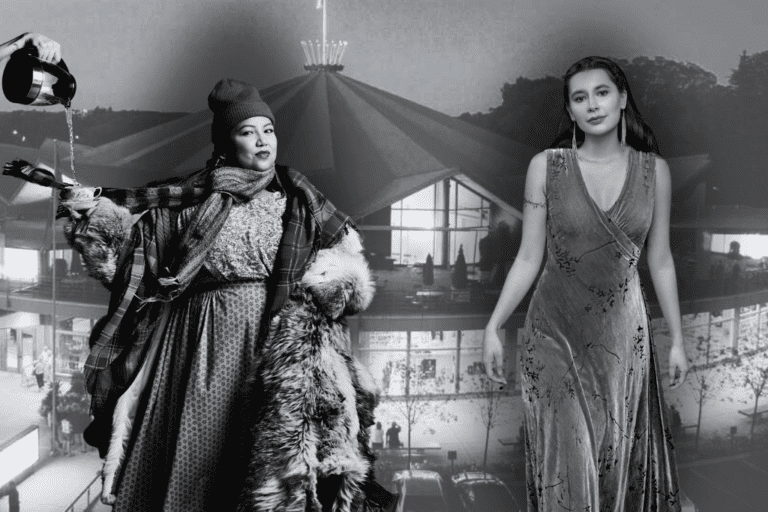





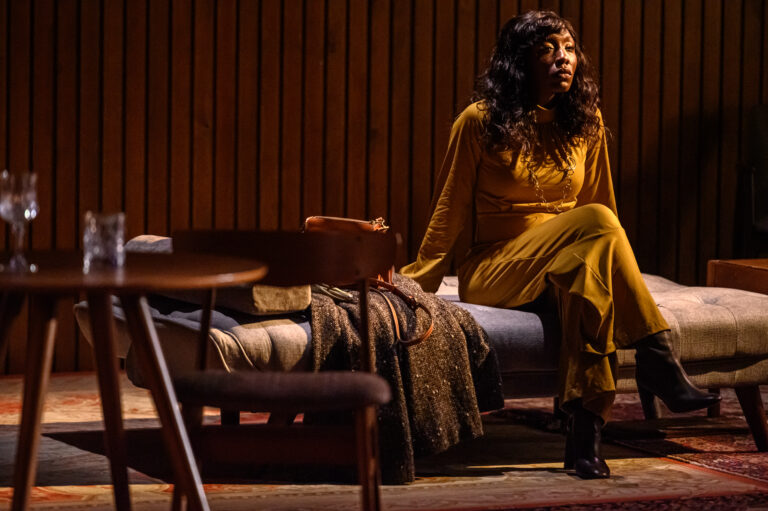
Comments